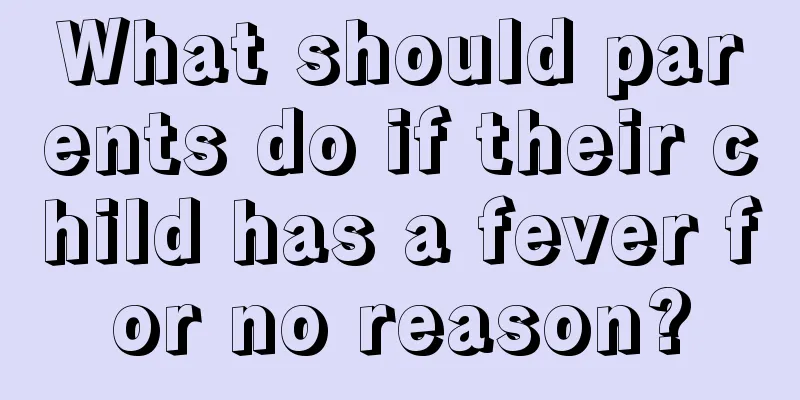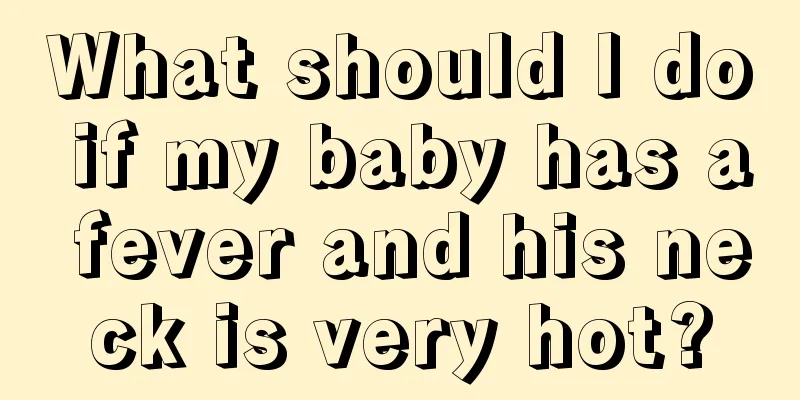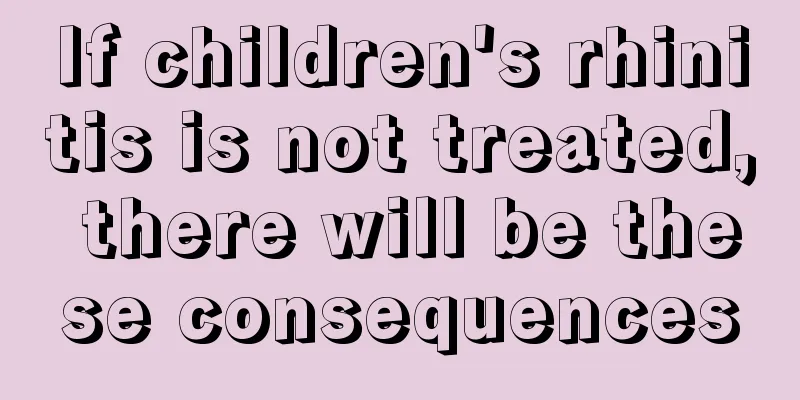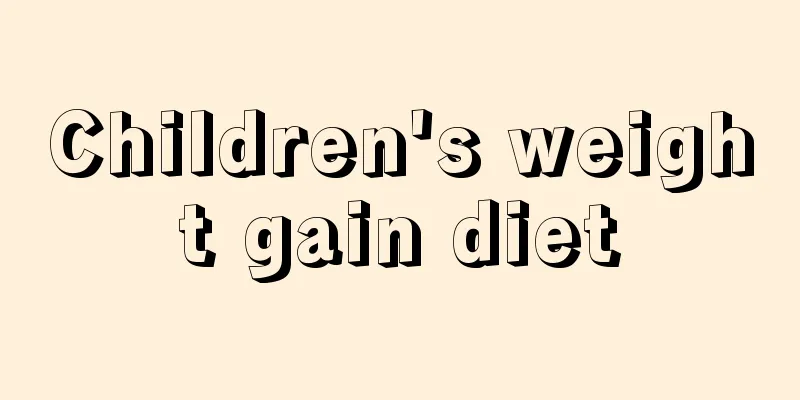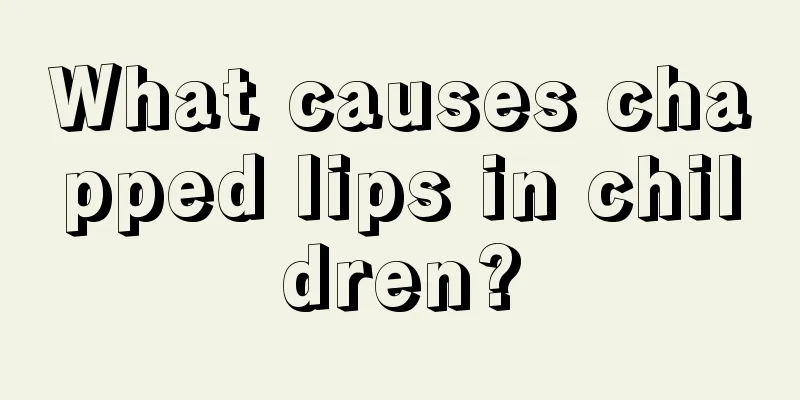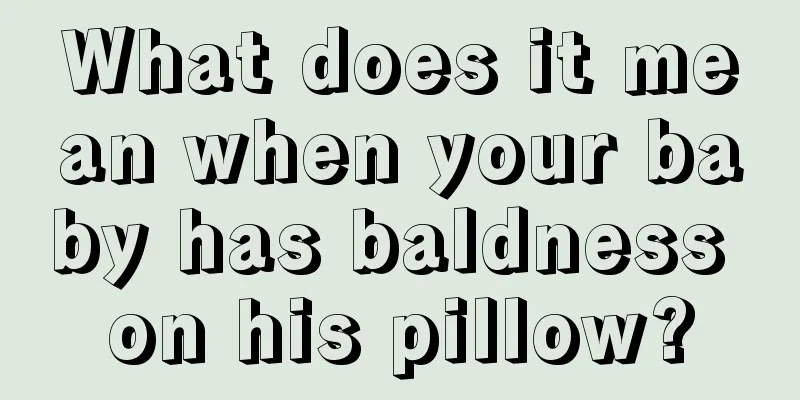The child is twitching, rolling his eyes and having purple lips. This may be epilepsy.
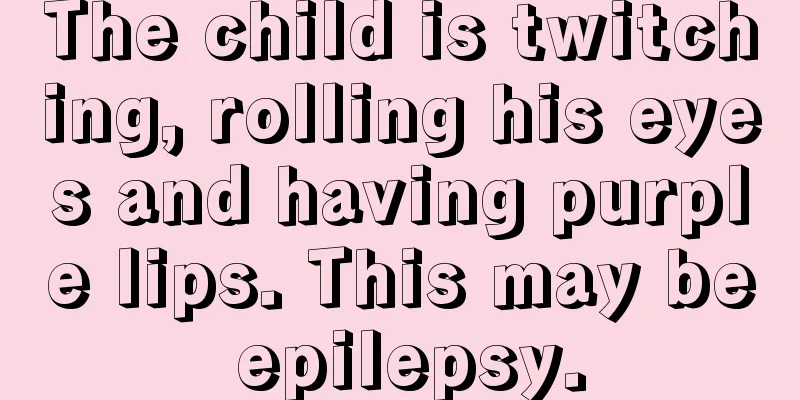
|
Have you ever found your child twitching, rolling eyes and having purple lips? Did you know that these symptoms in children indicate a disease? Epilepsy, I believe everyone is very unfamiliar with it. For the health of children, let us learn about this disease below. Childhood epilepsy, also known as Rolando epilepsy, is the most common type of benign partial epilepsy in childhood and has a clear genetic tendency. This symptom group is characterized by brief, simple partial facial hemimotor seizures, such as brief tonic or clonic twitches of unilateral facial muscles, oropharyngeal muscles, and lips. Common symptoms of epilepsy in children also include rigidity or twitching of the hands and feet, loss of consciousness, daze, sudden falls, constant nodding, drooling, swallowing movements, sucking movements, bending movements, and even headaches and vomiting. Generally speaking, the symptoms of epilepsy in children are related to the location of the epileptogenic focus. If the epileptogenic focus is in the motor area, limb twitching will occur, if it is in the sensory area, sensory abnormalities will occur, and if it is in the visual area, visual abnormalities will occur. Status epilepticus is a long-term, repetitive epileptic seizure caused by persistent cerebral rhythm disorders that lasts for more than 30 minutes without recovery of consciousness between seizures. It is more common in infants and young children. It is divided into four types: convulsive status epilepticus, non-convulsive status epilepticus, partial status epilepticus, and cognitive impairment status epilepticus. Convulsive status epilepticus is the most harmful to children. When a child's convulsion lasts for a long time and recurs, he or she should be sent to the hospital for emergency treatment. If not treated promptly, the patient may die from failure of vital functions. The attack should be controlled as much as possible within 1 to 2 hours. Treatment principles include: ① Select highly effective anticonvulsant drugs, such as diazepam and nitrazepam. For a few children who do not respond, phenytoin sodium can be used to quickly control seizures. ② Maintain vital functions, prevent and control complications, and pay special attention to avoid the occurrence of cerebral edema, acidosis, excessive fever, respiratory failure, hypoglycemia, etc. ③ While controlling convulsions, we must actively look for the cause and treat it accordingly. ④ To prevent epilepsy recurrence, start long-term anti-epileptic drug treatment immediately after the seizure stops. Dietary precautions: 1. Increase the intake of vitamins B and C. Vitamin C deficiency can easily cause the structure of brain cells to become loose or tense. B vitamins can help protein metabolism, promote brain cell excitation, and inhibit organs from functioning better. 2. Supplement calcium-rich foods. Frequent carbuncle attacks in children can often lead to hypocalcemia. Therefore, calcium-containing foods should be appropriately increased in the daily diet. Calcium can inhibit the abnormal excitement of brain nerves, keep them in a normal state, and is beneficial to disease treatment. Foods rich in calcium mainly include sesame paste, bone soup, dried shrimps, spare ribs, crispy fish beans and soy products. |
<<: If your child's ears get inflamed, parents should remember these methods
>>: At what age can babies eat broad beans? Parents, please watch this.
Recommend
What should I do if my two-week-old baby has cavities?
Tooth decay is a common dental disease among many...
Is it appropriate to wean your baby at ten months?
When to wean the baby is a question that troubles...
What are the methods of making vegetable puree for babies?
What are the methods of making baby vegetable pur...
Children with rhinitis and runny nose
Because children have low body resistance, they a...
How to supplement children's vitamin D deficiency
Children's physical health is of great concer...
Why do children have cold hands and feet?
The phenomenon of cold hands and feet is not only...
What kind of milk is good for a two-year-old?
Many women choose to breastfeed after giving birt...
My almost one week old baby hiccups when he laughs
Newborns sleep the most every day, about sixteen ...
What should I do if my eight-month-old baby has high lead levels?
For those who frequently undergo physical examina...
What is the best way to reduce fever in children?
Children will always encounter some health proble...
Children's anti-inflammatory drug cephalexin
Anti-inflammatory drugs are antibiotics. Anti-inf...
Why does my child’s face always turn red?
Some children always have red faces in winter. Ev...
How to correct your baby's tiptoeing when learning to walk
We may have all seen children learning to walk. C...
Why does my baby like to shake his head when sleeping?
Babies are the flowers of the motherland and the ...
What to do if your baby has jaundice and his eyes turn yellow
The yellowing of the eyes of a newborn may be a s...
